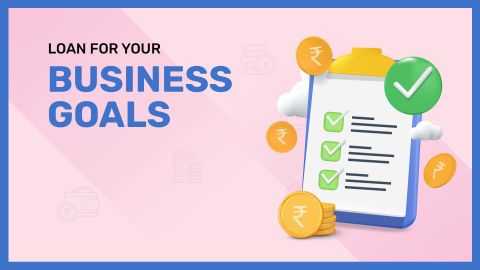How do wind turbines work?
Wind turbines operate on a simple principle: wind turns the blades, which spin a rotor connected to a generator. The generator then converts this mechanical energy into electrical energy. The efficiency of a wind turbine depends on factors like wind speed, blade design, and the height of the tower. Taller towers allow turbines to access higher wind speeds, enhancing energy production.
Different types of wind turbines
Wind turbines are primarily categorised into two types:
- Horizontal-axis wind turbines (HAWTs): These are the most common type, featuring blades that rotate around a horizontal axis. They are typically used in large-scale wind farms due to their efficiency and higher energy output.
- Vertical-axis wind turbines (VAWTs): These turbines have blades that rotate around a vertical axis. They are less common and are often used in urban or residential settings due to their ability to capture wind from any direction.
Horizontal-axis wind turbines
Horizontal-axis wind turbines are characterized by their blades that rotate around a horizontal axis. They are the most widely used type of wind turbine, especially in large-scale wind farms. Their design allows for higher efficiency and greater energy production compared to other types. These turbines are typically installed on tall towers to capture stronger winds at higher altitudes.
Vertical-axis wind turbines
Vertical-axis wind turbines have blades that rotate around a vertical axis. This design allows them to capture wind from any direction, making them suitable for locations with variable wind patterns. They are often used in urban environments or for small-scale energy generation. While they are less efficient than horizontal-axis turbines, advancements in design are improving their performance.
Applications of wind turbines
Wind turbines have diverse applications, including:
- Utility-scale power generation: Large wind farms contribute significantly to the electrical grid.
- Offshore wind farms: Located at sea, these turbines harness stronger and more consistent winds.
- Distributed generation: Small-scale turbines provide power to individual homes or businesses.
- Remote power supply: Wind turbines can supply electricity to areas without access to the main grid.
Key components of a wind turbine
The main components of a wind turbine include:
- Blades: Capture wind energy and convert it into rotational motion.
- Rotor: The rotating part that includes the blades.
- Nacelle: Houses the generator, gearbox, and other components.
- Tower: Supports the nacelle and blades, elevating them to access higher wind speeds.
- Yaw system: Orients the turbine to face the wind.
- Controller: Monitors and adjusts the turbine's operation.
- Generator: Converts mechanical energy into electrical energy.
Example of a Wind Turbine
One of the most commonly seen examples of a wind turbine is the horizontal-axis wind turbine (HAWT), often installed in large wind farms across India and globally. These turbines have large blades mounted on a tall tower and rotate around a horizontal axis. They are widely used for generating electricity at scale due to their efficiency and ability to harness stronger winds at higher elevations.
For smaller or decentralised use, the vertical-axis wind turbine (VAWT) is a practical example. These are compact, require less space, and can function well in variable wind conditions, making them suitable for urban rooftops, agricultural setups, or individual businesses.
India’s Muppandal Wind Farm in Tamil Nadu is a prime example of utility-scale deployment, while small rooftop turbines used in remote villages highlight how wind energy can be adapted for various needs.
Buying guide for a wind turbine
When considering purchasing a wind turbine, it's essential to evaluate factors such as:
- Energy needs: Determine the amount of electricity required.
- Wind resource: Assess the average wind speed in your area.
- Budget: Consider the initial investment and potential savings.
- Regulations: Check local zoning laws and permitting requirements.
- Installation: Plan for the installation process and associated costs.
Financing options, such as machinery loan finance, can assist in covering the costs of purchasing and installing a wind turbine. If you're considering this investment, be sure to check your business loan eligibility to see what financing solutions are available to you.
Wind turbine financing options
Financing a wind turbine involves considering various options, including:
- Loans: Traditional loans can be used to finance the purchase and installation.
- Grants: Some government programs offer grants for renewable energy projects.
- Leases: Leasing options allow for the use of a wind turbine without ownership.
- Power Purchase Agreements (PPAs): Agreements to purchase electricity generated by a wind turbine.
It's crucial to compare these options (and more, like industrial equipment finance) to find the best fit for your financial situation and energy needs.
Conclusion
Investing in a wind turbine can be a significant step towards sustainable energy use. By understanding how wind turbines work, their types, components, applications, and financing options, you can make an informed decision that aligns with your energy goals and financial capabilities. You can utilise a business loan to get a wind turbine if you are falling short on funds. Check your pre-approved offer now.
Helpful resources and tips for business loan borrowers






